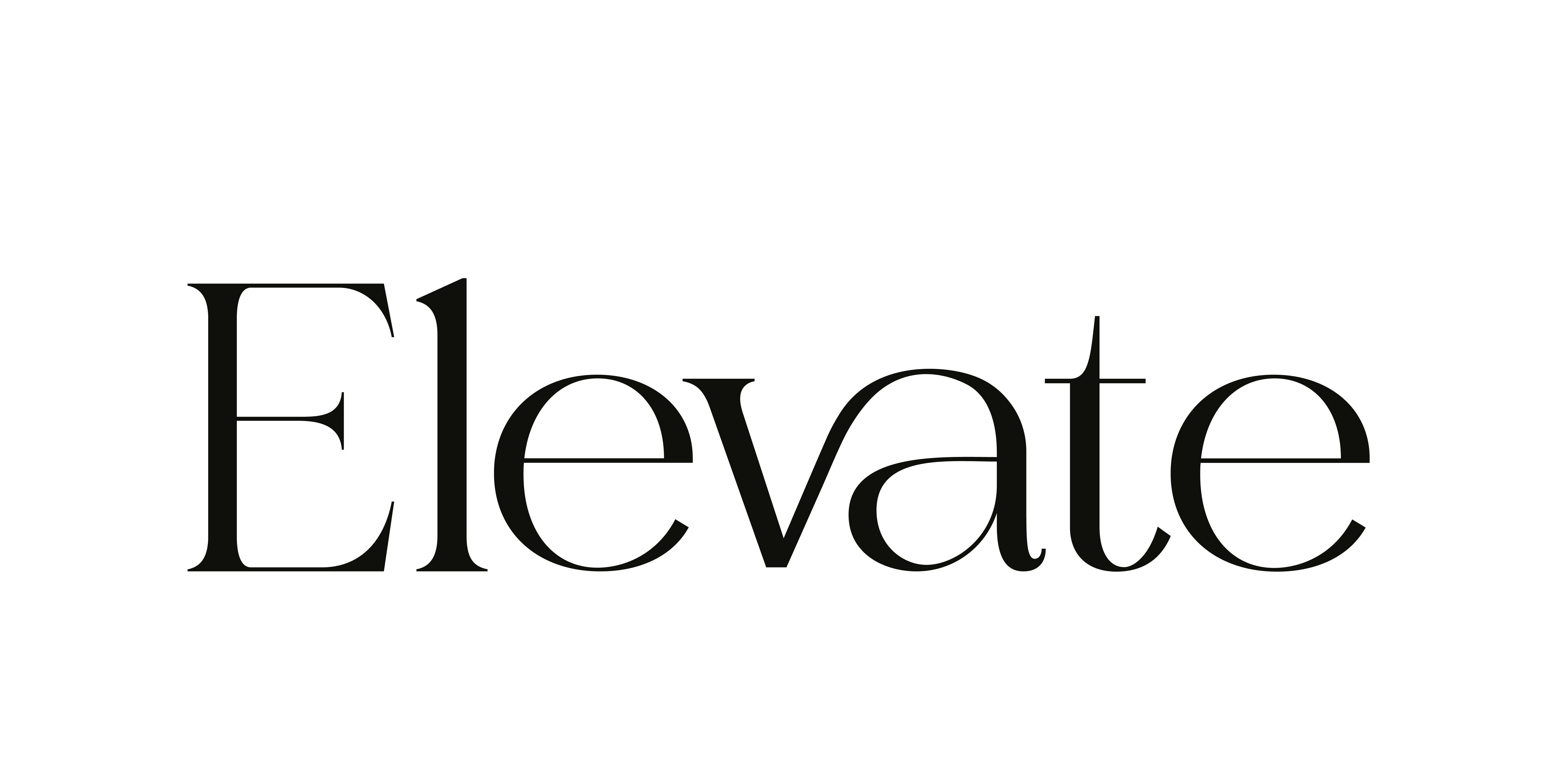It’s another Monday. 7 AM on the clock. Ria is still sleeping because she doesn’t have to leave for work at 8 or she would be late. She is just a few steps away from her office, her Laptop. Ria loves this new normal, this post pandemic world of work. The Monday blues have also faded away.
Ria is not alone. Many of us will relate. Aren’t we all in love with work from home?
But as soon as we hear it’s here to stay, we do have some second thoughts. Because there is a part of us which misses going back to work, brainstorming with colleagues in a meeting room with whiteboards and markers, and catching up with them near the water cooler or heading to the canteen for a (not so short) coffee break.
But a Harvard Business School Professor comes to our rescue with her 3-2-2 work week suggestion which could bring in some balance.
The 3-2-2 schedule balances traditional and remote work and given creates an opportunity for employees to work for three days in office, two days remote, and two days off. This new work structure will enable employees to create schedules that work around their everyday lives, which has shown to improve job satisfaction, productivity, and presenteeism.
Professor Ashley Whillans says, “Companies may let employees work from home two or more days per week, with some opting for three days in office, two days remote, and then two days off — a 3-2-2 workweek.”
In 2021 employees will demand greater flexibility and organizations will require it, as they have already seen the many benefits of it. But while it sounds appealing, implementing a 3-2-2 work week sure comes with its own challenges. Also organizations have to enable the employees to be able to own their work schedules. It is also important to note that different sectors and regions will end up with slightly different schedules because of their differing needs and constraints.
Here are a few things organizations must have in place before implementing a 3-2-2 work week:
1. Leadership buy-in
Changes like 3-2-2 work week require a top down approach. It’s a mindset and culture shift that must be lead by the top leaders of the company. They must embrace and acknowledge the benefits of this new work structure and realize the value it may add to the business.
The HR leaders would have to play an influential role here and help the business leaders understand the value of a balanced approach to work structure. With data and Insights they have to showcase how more flexibility will impact overall organizational productivity and the business positively.

2. Investment in tech
It is no news that technology is critical to carry out remote work smoothly. With remote working now being a consistent part of the work structure, organizations need to invest in setting up efficient IT infrastructures. They also have to accelerate the automation process and embrace the new workplace apps which help all the employees collaborate better. Whether its for video calls or brainstorming on a project together, making notes or managing projects.
The HR processes also need to be digitized at a much faster pace. From hiring to learning to performance management, the HR processes need to become more digital and remote work friendly.

3. A culture of trust and accountability
To be successful the 3-2-2 work week requires an organizational culture with trust as a key pillar. The managers need to instill the trust in their teams that they will take care of their responsibilities and complete the work at their own pace. They have to give them the space to ideate and carry on with their own work. In the 3-2-2 work structure there is no room for micro management.

In 2021, entrust your team with more accountability and not just responsibilities.
Let’s see how 3-2-2 work week becomes a reality for more and more companies.








